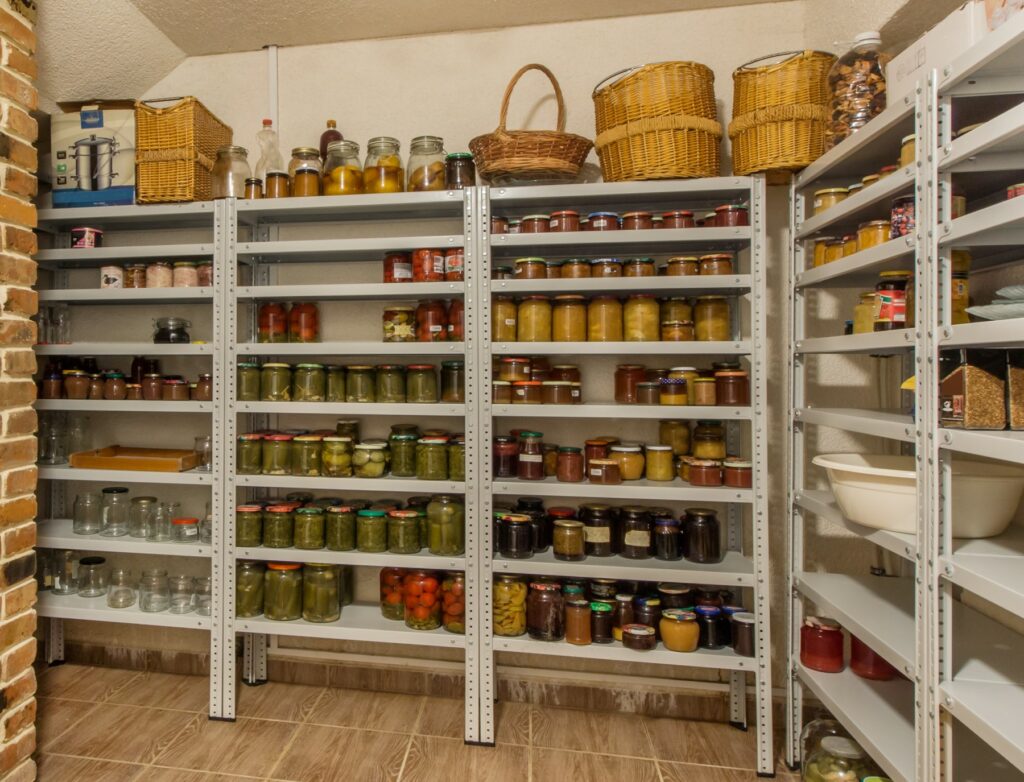
In the event of an emergency, having at least a small store of food is always a good idea. Extreme weather, power outages, and other disasters may make finding food outside your home practically impossible. It’s a smart and safe plan to have something to fall back on. Let’s explore some food storage ideas.
Why Should You Have Long-Term Food Storage?
Consider the following scenario: What if you were stranded in a long-term power outage as a result of a severe storm that resulted in flooding and substantial road damage? In such a circumstance, you could be stranded in your home for several weeks. This, as well as a vast number of other scenarios, could happen to you. Having a strategy in place to live and thrive in any situation, including enough food and water to fall back on, will keep you and your family safe and healthy no matter what happens.
How Much Food Should You Store?
Every home should have a minimum of three days’ worth of food and water, depending on the size of their family, but at least two weeks’ worth is preferable. The general rule for water consumption is one gallon per person per day, with children and pets receiving up to a full gallon of water each. The amount of food you need will vary depending on your family, but it should be enough to keep you healthy in terms of calories and nutrition. Each family member should be able to eat at least one complete meal per day at the absolute least.
What Kinds of Food Should You Store?
You should stock food that has a shelf life of at least 3-6 months and rotate it so that nothing spoils in the event of an emergency. Look for non-perishable foods and canned goods that your family will eat. Stocking mainly canned goods that no one loves will not help because it will be more difficult for everyone to eat enough food and receive the required nourishment.
What Are Some Examples of Foods to Store?
Ready-to-eat canned goods, granola bars, dry milk, peanut butter, nuts, and protein bars are all good items to keep on hand. Crackers, bread, and other similar foods can be kept if the stock is cycled and kept in mind that they will not survive as long as non-perishable items.
How Do You Store Food Items Long Term?
Set aside a shelf, closet, pantry, or cellar for your emergency food supplies. Everything in your emergency food stockpile should be stored in airtight containers, and you’ll want to keep unsealed products in extra storage containers and/or zip lock bags. Maintain track of expiration dates and “opened on” dates on all boxes, cans, and bags, and rotate your stock to keep it fresh and free of expired items.
Keeping a food and water stockpile for your family to use in an emergency is a responsible aspect of disaster planning. You are more likely to be able to survive comfortably for longer if a huge storm or other calamity strikes your area. These pointers should assist you in creating and maintaining a long-term food storage system and help you save on the best tactical deals and food storage ideas.
